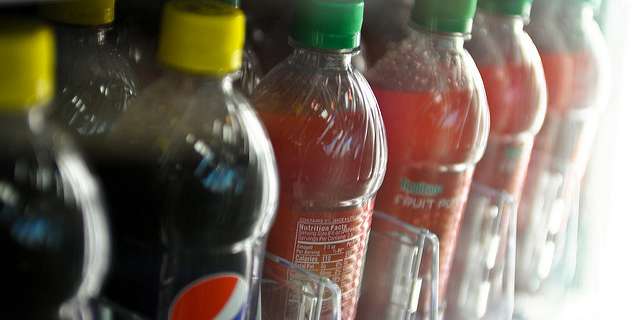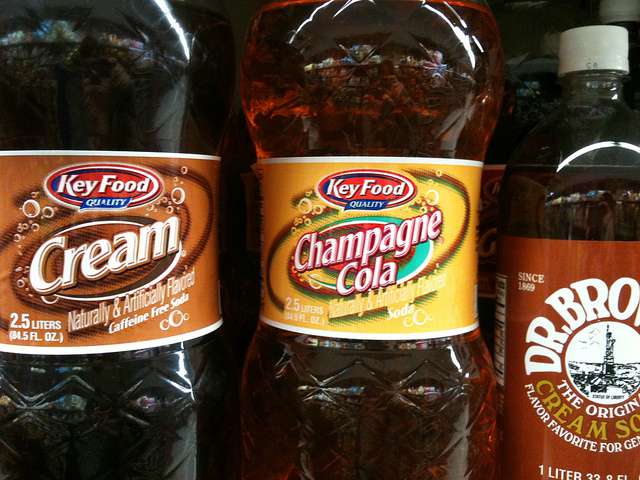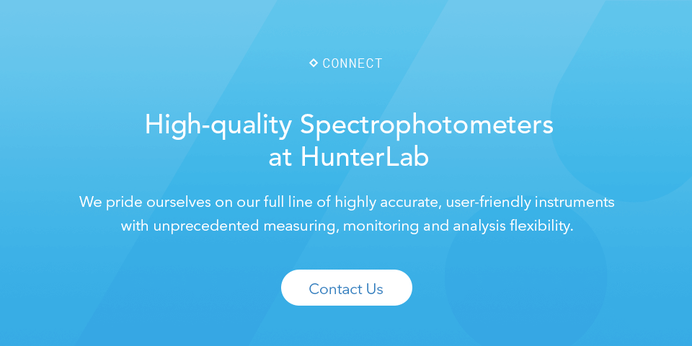
Translucent beverages require different color measurement techniques than transparent beverages. Image credit: Flickr user eddie welker (CC BY 2.0)
One of the great benefits of living in modern society is mass production. If I want a Coke, then it’s understood that the beverage I grab in the grocery store check-out line will taste the same as the hundreds I’ve had over the course of my life. It’s not just the taste, or the appearance of the bottle. The color itself is distinctive.
Color uniformity of beverages is more important than consumers might think. A study on expert and “social” wine drinkers found that when a flavorless red dye is added to a white wine, drinkers report markedly different flavor profiles1. Or consider the fate of “Crystal Pepsi,” widely rejected after its launch in the 1990s—in large part because of its coloration. Consumers had a difficult time enjoying a drink that just didn’t look like cola.
Of course, Coke and Pepsi are not alone in having proprietary looks (and tastes). To keep consumers happy, all soda producers strive to maintain consistency—and this requires strict quality control. Fortunately, spectrophotometers allow you to accurately measure and replicate soda coloration, ensuring worldwide production of consistent beverages. But for the best results, you must select the right spectrophotometer—and the right measurement techniques—for your particular beverage.



